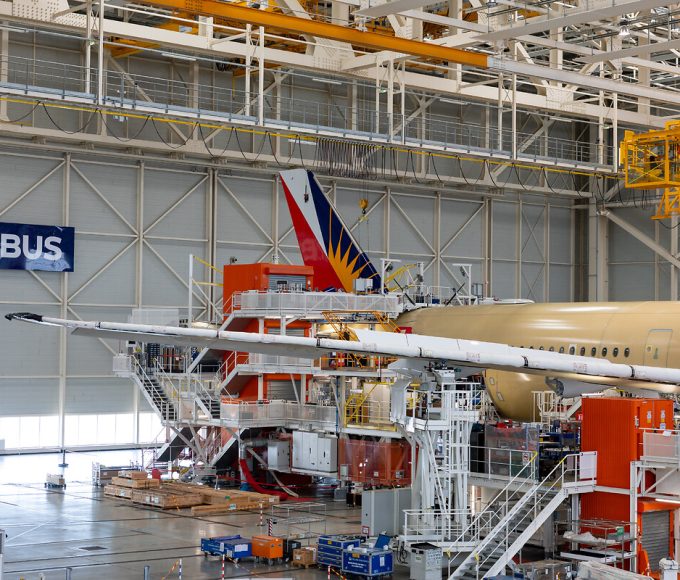European turboprop manufacturer ATR announced Wednesday it will discontinue the development of its Short Take-Off and Landing (STOL) variant, marking the end of a significant program that was first announced at the 2019 Paris Air Show.
The ATR 42-600S, which conducted its maiden flight in May 2022, was designed to operate from runways as short as 800 meters (2,625 feet) — a substantial improvement from the standard variant’s 1,100-meter requirement.
The program had secured 20 commitments at launch, including 10 aircraft from Irish lessor Elix Aviation Capital and two from Air Tahiti.
“As a global leader on the regional market, ATR has a responsibility towards its customers, stakeholders and the industry at large to continuously evaluate its product portfolio to meet market demand,” said ATR Chief Executive Officer Nathalie Tarnaud Laude.
“The decision to halt the STOL project reflects our dedication to operational efficiency and long-term sustainability.”
According to the company, the decision follows a comprehensive market review that revealed a significantly diminished demand for STOL-capable aircraft, particularly in Southeast Asia.
ATR noted that runway extensions and construction of alternative airports in key target markets have reduced the need for such specialized aircraft.
The STOL variant featured several technical modifications, including enhanced brakes, redesigned control surfaces with extended takeoff flaps, dual-spoiler deployment for landing, and an enlarged vertical stabilizer. These improvements would have enabled operations with up to 42 passengers from short runways, potentially expanding ATR’s market access to nearly 500 additional airports.
“We are now entering the next phase of growth and improvement where we will focus on further investing in the competitiveness of our market-leading products, the ATR 42-600 and 72-600,” Tarnaud Laude added.
The company, a joint venture between Airbus and Leonardo, will redirect its resources toward enhancing its existing aircraft lineup and expanding its presence in North America, where it aims to replace aging regional jet fleets and strengthen point-to-point regional connections.






















Leave a comment